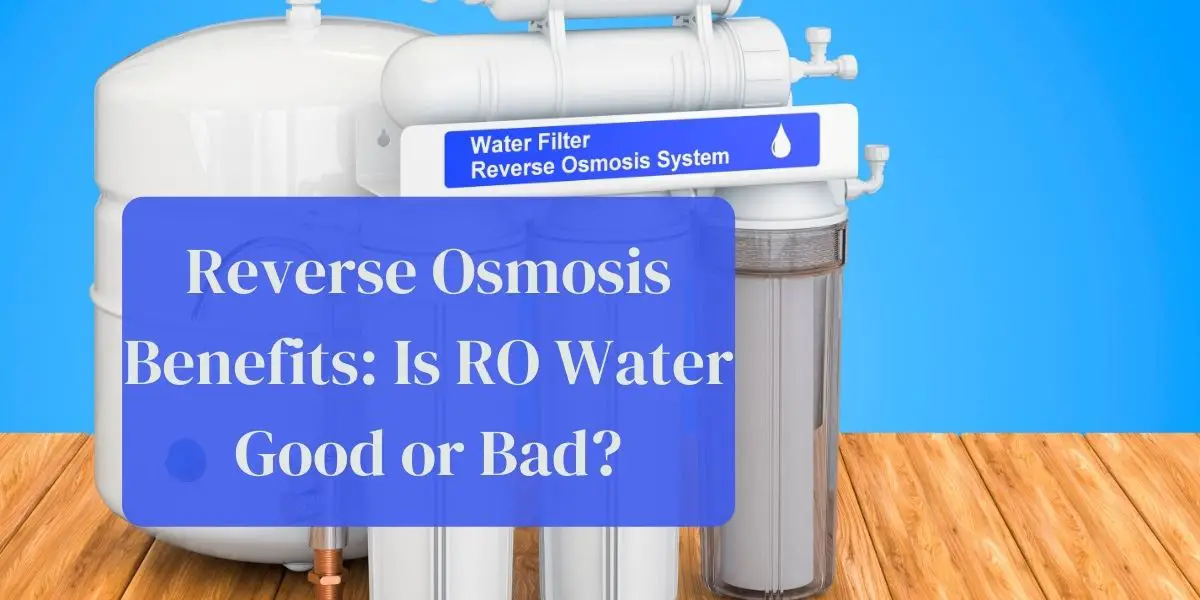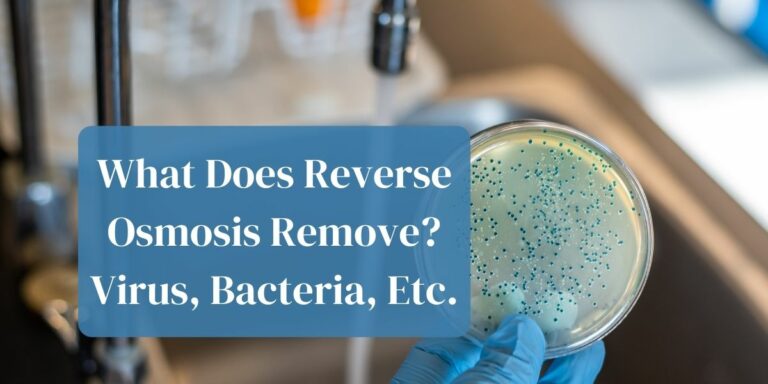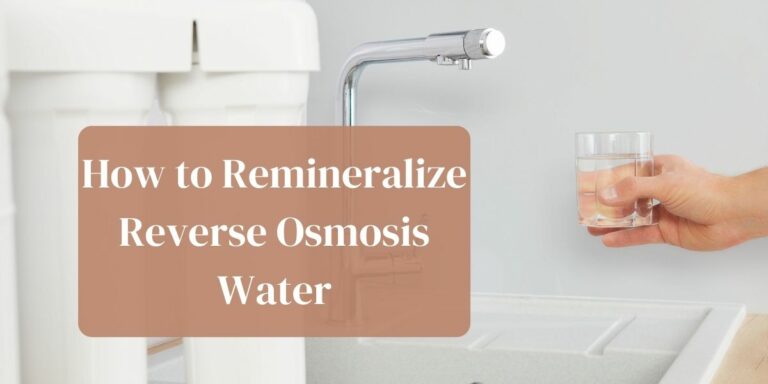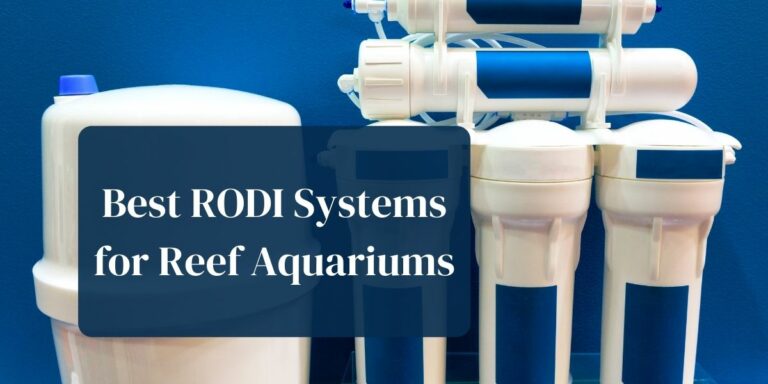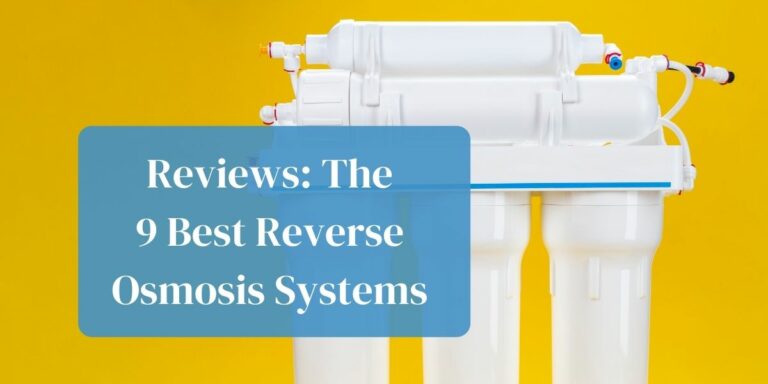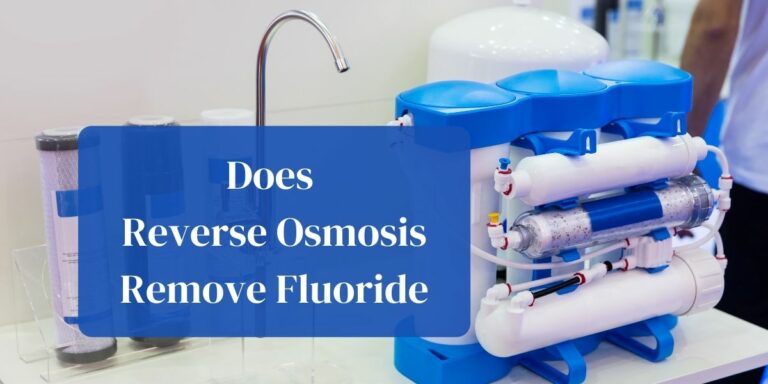Reverse Osmosis is an excellent way to purify the water to a drinkable state.
Water is life, but not just any water can be likened to life. It is only clean, pure and germ-free water that is indispensable for life.
Recently, the Centre for Disease Control and Prevention published a report which claimed that millions of people are suffering from gastrointestinal diseases every year. And the reason for these diseases is poor quality of water.
These reports make pure water by Reserve Osmosis a necessity and not a luxury. Because availability of pure water is something every home, individual and organization should always be concerned about.
Reserve Osmosis has been lauded as the best in purifying water for industrial and printing processes that require 100 percent mineral-free water.
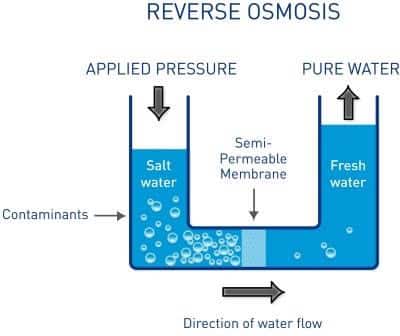
With this you can imagine the intensity of the purification technique of this technology. The effectiveness of Reserve Osmosis makes it highly recommended by healthcare professionals across the globe.
In modern times we are observing the demand curve rising significantly for drinking water. Globally the masses are starting to skip the soda and drink a lot more water instead.
“Beverage Marketing Study” published a report in 2016. According to the report findings, water consumption in the U.S. grew 120 percent between 2000 and 2015, while carbonated drinks fell 16 percent over the same time period.
People prefer drinking more water and water based drinks than milk and other liquid based ones. And this is indeed a smart and healthy decision! Now the question that needs to be addressed is what kind of water to drink – Bottled? Distilled? Natural spring water? Tap water? Or Reverse Osmosis purified Water? You make the decision for yourself based on the advantages discussed below in this post.
Reverse osmosis drinking water systems provide you with clean, refreshing water right in your home. Here are some reasons why it’s the best option for you.
Table of Contents
- How does reverse osmosis work?
- How pure is reverse osmosis water?
- Do I need a reverse osmosis system?
- Are there any disadvantages to RO water?
How does reverse osmosis work?
Reverse osmosis systems are filtration systems which eliminate any water-borne particle that’s smaller than a water molecule. It is not a rocket science invention. It is something we used to do traditionally when we used to filter our drinking water by using a very thin cloth which served as a purifying covering, removing dust and mud particles.
Modern RO (Reverse Osmosis) Purifiers use the same method but a little bit advanced to suit the modern day needs. In a RO purifier a semi-permeable membrane or filter – having pore size of .0001 microns – is placed and water is pushed through the membrane with high pressure.
The cleaner pure water flows out of the membrane, leaving the impurities and harmful viruses and bacteria behind.
Osmosis is actually a natural biological process which happens in plant roots and in human bodies. It is through Osmosis that roots are able to soak up water and minerals from the soil and kidneys take in water from the blood.
We will cover more scientific details of this process (Reverse Osmosis) later as we discuss the advantages of RO purifiers, so read along.
How pure is reverse osmosis water?
Tap Water and water transported through pipes, gather along a lot many impurities and contaminants. By contaminants we mean mineral and metal compounds. These compounds make water unhealthy for humans and in some cases for animal consumption as well.
No matter where you live, there’s a lot more than just H2O in your water. However, with a reverse osmosis system, you can drastically reduce the unwanted contaminants.
The most common of these contaminants are iron, lead, calcium and manganese compounds. (The biggest culprit of all is lead – more on it later.) Reverse osmosis is the most effective method to purify water from these compounds. A good RO machine eliminates the following contaminants:
- lead
- arsenic
- copper
- nitrates and nitrites (hexavalent & trivalent)
- chromium
- selenium
- fluoride
- radium
- barium
- cyst (cryptosporidium)
- total dissolved solids (TDS)
And the best part of Reverse Osmosis technology is that it eliminates molecular metallic compounds of sizes smaller than water. The process can be compared to squeezing out what is good and throwing undesired residue away.
Reverse Osmosis Purifies Water from Lead
The water crisis in Flint, Michigan involving lead prompted increased scrutiny of public water around the country.
Lead is a leading contaminant responsible for several diseases such as high blood pressure, nerve damage and low fertility.
A lot of lead is accumulated in drinking water as it is pumped out of the ground. Transportation of water through pipes is also a factor in lead particles getting dissolved in water.
If the plumbing is old and decaying then the problem becomes worse. RO machines are the best solution for water purification from lead particles. It has been tested that 99.9% of lead particles are successfully disposed of by good RO purifiers.
Reverse Osmosis protects from several harmful diseases
RO machines do not only discard harmful metal compounds, but are helpful in getting rid of many toxic substances, bacteria, parasites, and viruses. Several RO purifiers manufacturing brands have conducted many scientific experiments, which yielded following results. The pore size of .0001 microns is very effective in eliminating microorganisms, due to which RO purifiers:
- Decreases the risk of brain damage
- Provides safety from anaemic conditions, especially in children.
- Removes many harmful bacteria, such as salmonella and viruses, including Hepatitis A, the norovirus and rotavirus, and protozoa, such as giardia. These can be harmful to infants and the elderly if they are found in large quantities in already-treated water.
- The problem with a large quantity of total dissolved solids is that it can be hard on the kidneys where in Soft water carries extra sodium, which can also be harmful. The RO process takes down these levels to produce clean water.
RO Water Eliminates Sodium
RO purifiers eliminate Sodium which is responsible for high blood pressure, liver problems, and kidney disease when consumed at high levels. And a water softener never removes sodium!
Water softeners are specifically designed to remove hard minerals from the water like lead, arsenic, copper and heavy metals. This water is excellent for cleaning, bathing, and laundry. But not for drinking!
And now the most important fact: in the ion exchange process, a water softener replaces hard minerals with sodium molecules. So, the water out of a water softener is high in sodium, where as a Reverse osmosis filters out the sodium that your water softener adds.
Modern reverse osmosis machines come with inbuilt water softeners allowing you to enjoy the benefits of both soft water and purified drinking water.
Do I need a reverse osmosis system?
1. Water Purified By Reverse Osmosis Tastes Better
A course of Blind taste tests in several countries were conducted a few years back. The results show that water purified by RO is preferred over tap water, and even over natural fresh ground water from rivers and wells. Tap water and sometimes natural water has traces of sulphur, lead, nitrates and other compounds that make it unappealing and unappetizing too, especially Iron which makes water tasteless and pallid.
Many Reverse Osmosis systems not only filter the contaminants from your water but in addition to that the water is processed through three carbon filters before it comes out of the tap. The last carbon filter is simply a polishing filter, removing all the leftover tastes or odors.
In some RO purifiers you can even change the taste of water according to your preferences. And in some filters you can get rose water and coconut water taste!
RO removes these salt and mineral compounds and other impurities from tap water and natural water allowing people to drink cleaner and tastier water. According to a report many families who start using an R.O. find themselves drinking more water and less sugary juice, sports drinks, and soda.
2. Food Cooked In RO Water Tastes Better
Many of the best restaurants now exclusively use R.O. water for cooking because the impurities in tap water have a lasting effect on the taste of the food you make. If you’re using municipal tap water for cooking, there’s a good chance you have too much chlorine in it. And food tastes a little different, and to your surprise the colour of the food is also affected.
Try this for yourself: make a cup of tea of coffee with tap water and another cup with RO water. The tap water coffee will taste a little sour and will have a pale colour.
3. Reverse Osmosis Technology Is Energy Efficient
There are several water purification methods which include physical processes such as filtration, sedimentation, and distillation; biological processes such as slow sand filters or biologically active carbon.
There are some effective chemical processes too which are used for large-scale filtration processes, such as flocculation, and chlorination, and the use of electromagnetic radiation such as ultraviolet light.
Reverse Osmosis water filtration systems uses the least amount of energy than all the other types of filtration processes, and is capable of filtering water with much greater efficiency.
4. The Machine Requires Easy Maintenance and Takes Up Very Little Space
Maintenance is a hidden reoccurring cost that should always be calculated before you select any product. RO machines are not only cost efficient but actually requires the least maintenance. These machines perform very well, if the filters are changed after every predetermined period – generally six months.
The filter is not very costly and changing the filter is also easy. You can either do this on your own saving yourself some good bucks, or call in a professional water contractor to do the job for you.
The second advantage in low maintenance category is their size. The machines are available in many different sizes, starting from mini, which can purify around 50 – 100 litres of water per day and has no storage, to macro machines which can filter a lot more water and you comes with storage option too.
If you’re a nuclear family living in a home which is a little on the small side, or you are working in an office with a large number of employees, in both the situations a reverse osmosis system is an ideal fit. The smaller size machines can be fitted under kitchen sinks and in tiny corners!
5. RO Is the Best Alternative to Bottled Water
Most of the bottled water manufacturing companies use Reverse Osmosis technology to purify water, but not the most effective ones. Having your own RO system in your workplace and home can save you a lot of dollars, by cutting your expenses on bottled water, and more importantly, it will give you more pure water than the bottled ones you are drinking. You’ll essentially have faucets that distribute bottled water whenever you want it.
Another reason is the plastic. The bottled water creates a lot of plastic waste which generally is very difficult to recycle.
Bottled water is generally in heavy demands in work places, and a lot of food budget gets absorbed in it. And bottled water is expensive. In the U.S., a study found that we spent more than $15 billion on bottled water in 2015. A reverse osmosis system will pay for itself in no time because you’ll only be paying pennies per gallon. A big RO machine with several litres capacity is the best investment in such corporate companies, which can save a lot of dollars.
Of course, you can also buy bottled RO water in grocery stores.
6. RO Water Results in Crystal Clear Ice Cubes
You will find two different shades of Ice cubes- The white cloudy ones and the clear transparent ones.
White Cloudy ones are the result of tap water. The reason for the cloudiness is the freezing and crystallization of the impurities and gasses present in tap water. Ice forms from the outside in, and as this happens the impurities are forced to the centre of the ice cube, resulting in the cloudy appearance.
The same is not true with RO water ice cubes. They are transparent, clear and shiny as they are just water getting crystallized.
But appearance is not the only factor. Cloudy ice cubes have been shown to be softer and?melt faster?than clear ice cubes made of reverse osmosis system purified water. That means ice cubes made with an R.O. will keep your drinks cool longer and most importantly will not water them down much.
7. RO Water Is Best For Agricultural Farming and Plants
A lot many people grow small plants in their houses. Tap water is not good for these plants as it is mostly rich in minerals which do not support plant life. Plants grow best in RO water, as only essential minerals are left and the rest eliminated. One of the minerals vital for plan growth is magnesium. So it is necessary that you use modern RO system which retains these minerals. If your system lacks in re-adding minerals than externally add some plant minerals while watering.
The same goes if you are using bore well water for agricultural purpose. You can install a big RO machine near your well, and the whole farm will receive RO purified water. Different plants need different minerals for their best growth. In modern RO systems you can add selective minerals directly into the machine and the water comes out with those added minerals.
Are there any disadvantages to RO water?
The whole water drinking community is divided in two halves in answering the above poised question. Whether there are any disadvantages of RO purified water or not.
Some believe that RO should not remove all of the impurities because in doing so it also reduces the number of beneficial minerals which humans need.
Water carries calcium and magnesium and the drawback of RO water is that it can significantly reduce these good minerals that can aid in overall heart and muscle health especially for growing children and elderly ones.
They support their view point by providing scientific theories suggesting that regular RO water drinkers dilutes the body of electrolytes and they can suffer from side effects, such as tiredness, muscle cramps, general weakness and, in severe cases, cardiovascular disorders.
Against them there is another big community which have a completely different opinion. They don’t deny that RO systems eliminate essential minerals instead they argue that human body should never be getting these minerals from drinking water. Instead these minerals should be consumed from the food one eats.
Furthermore, the dissolved minerals found in drinking water are organic, which means that human body has a difficult time absorbing them.
But if you are looking forward to buy a RO go ahead because the impressive benefits of reverse osmosis water far outweigh any minor objections.
And the most important thing to note is that modern RO purifiers do not completely eliminates all the minerals. In reality they retain calcium and magnesium and other life supporting minerals in the water. Unlike traditional old ROs where the water used to become very pale because even the essential salts were removed from the water. So a modern RO does not have that disadvantage and with it you don’t need any mineral supplements.

